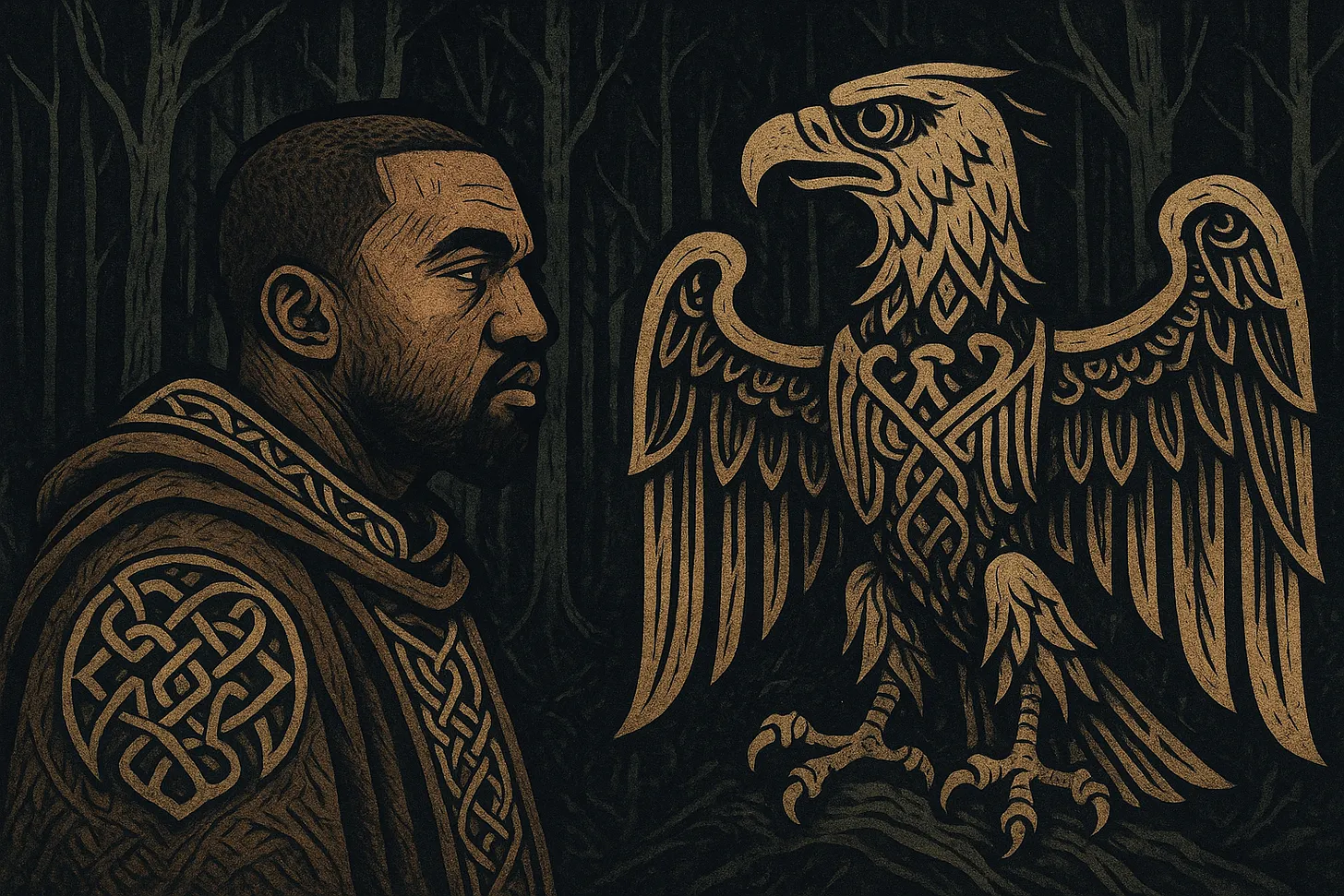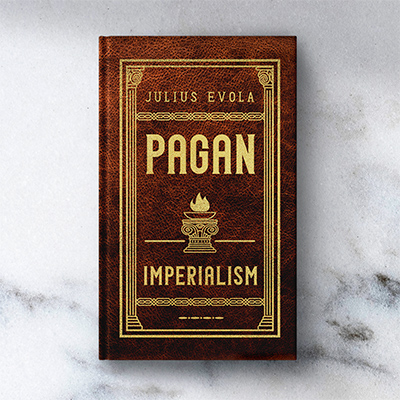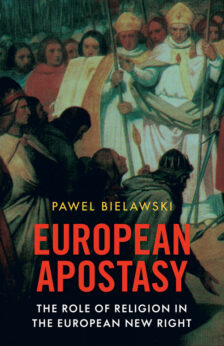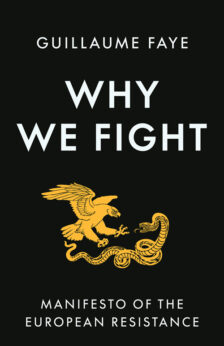Adolf Hitler plays a central ideological role in the liberal order, which is currently experiencing a growing crisis. Even though the liberal establishment’s system is becoming increasingly dysfunctional, its challengers are still associated — whether justifiably or not — with perceived connections to the German Führer, which makes them easy to ban or delegitimize. This cannot be entirely reduced to realpolitik; there is a genuine element of psychological obsession involved. Over 15 years ago, we noted that
German National Socialism is seen as everything the liberal order is not, and thus Hitler remains ever-present in its self-image. For such a society, it is just as impossible to forget Nazism as it is for the Christian Church to consign Satanism to oblivion.
This is ultimately an unsustainable condition. A historical figure whose death will soon reach its centennial should, over time, be viewed more like Napoleon or Genghis Khan than as a present-day political threat. Yet that is not the case. Instead, an ideological complex has emerged in which elements like the Führer, the Holocaust, and the supposed justified downfall of all white peoples are interlinked. Incidentally, there is often a latent tension between American and European settings — one emphasizes slavery, the other the Holocaust. Over time, the former seems to dominate, not least because Jews are defined as white within critical whiteness theory.
Much suggests that the foundations of the liberal ideological complex are quickly beginning to crumble. Its taboos are being challenged and mocked — consider Shiloh Hendrix or the many guests on Joe Rogan’s podcast. In this context, musician Ye — formerly known as Kanye West — is of interest. Ye is one of the most successful artists in his field and simultaneously one of the most controversial, known for repeated provocations against everything from anti-racism to Jewish power. He has shown a strong interest in Germanic history and aesthetics, an interest that includes Hitler. Salvador Dalí once said, “My obsession with Hitler was strictly paranoiac and apolitical”; similar tendencies can be found in Ye. His latest song, bearing a title so politically incorrect we shorten it to NHH, expresses this fascination. Ye uses Hitler as the ultimate scapegoat archetype. Whether the identification with the Führer is ironic remains somewhat unclear, though the context is hinted at in the line, “with all the money I still don’t get to see my children.” The song expresses a father’s sorrow and despair — a father who feels deeply misunderstood. When Ye raps “so I became a Nazi, yeah I’m the villain,” it is best interpreted as a commentary on how others see him. It’s a creative use of archetypes and symbols — completely unintelligible and unacceptable to the liberal ideology’s watchdogs.
The video, meanwhile, reflects Ye’s fascination with Germanic culture, this time reaching even further back in time toward the origins. Previously, he used imperial eagles and referenced Burzum; now he evokes the image of Germanic tribes as fur-clad barbarians. The video features Black men, but their predatory headgear evokes not only African leopard-men but also Germanic berserkers or ulfhednar. This suggests a kind of kinship between African and Germanic archetypes in the collective unconscious — echoed, though more complexly, in Rammstein’s video for “Deutschland.” The Germanic becomes the “Other,” the exotic, the barbarian, the threat — just as Africa once was for white liberals, carrying similar associations with vitality and bloodlust. The fact that this view is built on a lack of nuance is left unsaid, as is young Kanye’s relationship with his cousin. D. H. Lawrence described the Germanic with the words, “Something about the Germanic races is unalterable. White-skinned, elemental, and dangerous.” If Africa is the jungle, Germania is the primeval forest — “the Hercynian wood, not to be fathomed. The enormous power of these collective trees, stronger in their somber life even than Rome.”
Ye’s fascination with the Germanic is paradoxical, but clearly artistically fertile. His new song may also be seen as a sign of the times, in which old taboos are being hollowed out and losing their power, not just among the younger generations. The aforementioned elements of post-war mythology can be summed up in two forbidden phrases: the American “nr” and the European “Hl H***r.” The backlash to Shiloh Hendrix’s use of the former is a clear signal that many are growing tired of both the mythology and the racial hierarchy it legitimizes — something we will return to. But in Ye’s case, the forbidden words are both combined and repeated, in what is also one of his more musically accomplished works. We are living in interesting times, in the midst of what some call a “vibe shift,” where we may eventually hope for more authentic expressions of the Germanic.
Editor’s note: click the image below to watch Ye’s latest music video.

(article translated from the Swedish)








